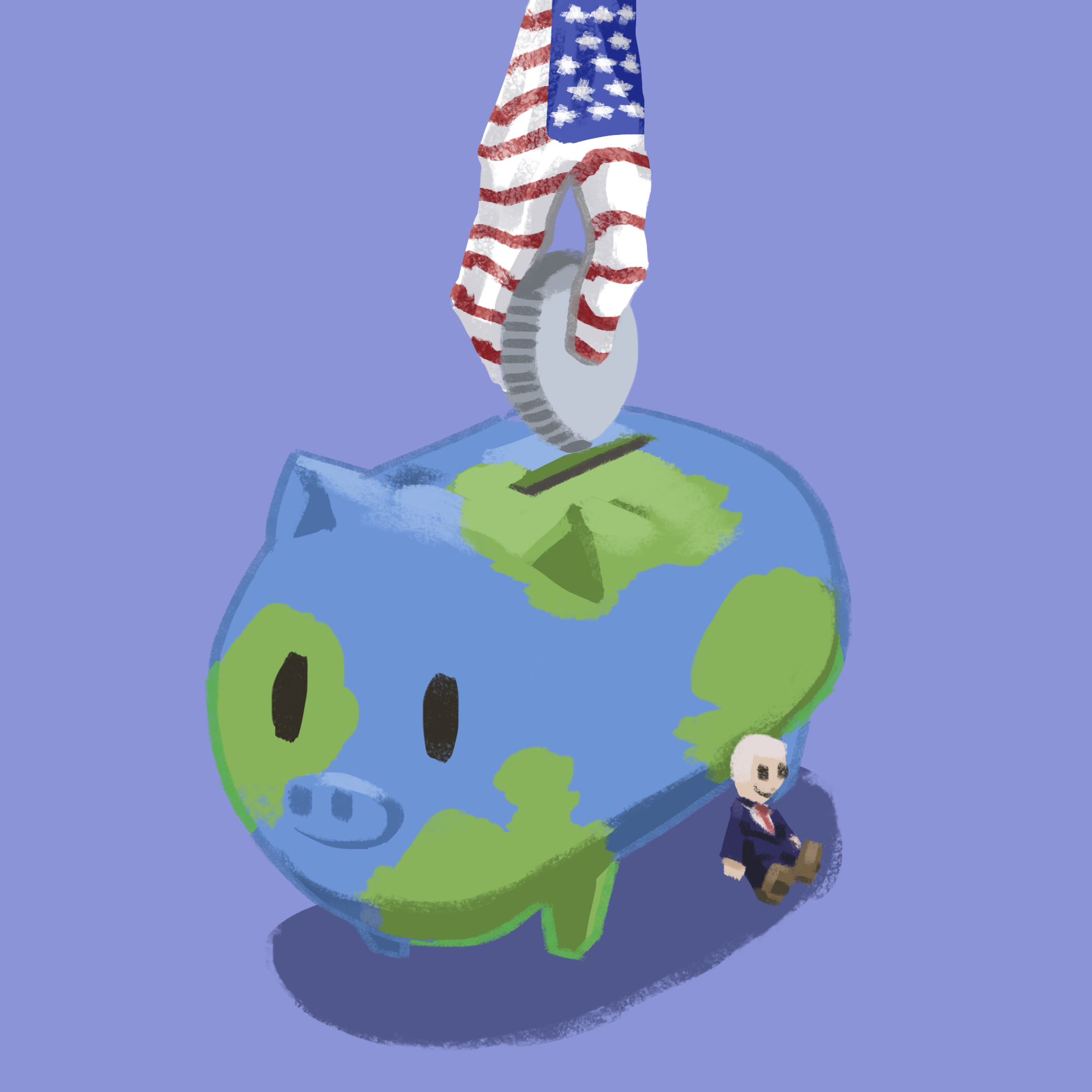
In the past four years, former President Donald Trump left the Paris Agreement, leased 10.3 million acres of land and water to oil and natural gas companies and rolled back over 100 pieces of climate change legislation. Global temperatures are currently over 1 degree Celsius above pre-industrial levels and could reach 2 degrees Celsius if no action is taken. President Joe Biden has a $2 trillion plan to change this, making American electricity sources clean by 2035 and America completely carbon-free by 2050.
Biden plans to invest $400 billion in clean energy research, expand established forms of renewable energy and reverse environmentally harmful Trump administration actions. Biden’s plan is expected to create 10 million new jobs while also providing economic help to workers in fossil fuel industries.
“He’s giving enough money to allow a leeway towards oil and gas workers, maybe five years, to allow them to transition [industries],” said senior Kelly Chan, vice president of Aragon’s Eco Action club. “They’re also … making new jobs, … [so] even if you lose your job in oil and gas, five years is a lot of time to recover yourself or enter a different field.”
However, there’s resistance. Fossil fuel workers often lack the training or aren’t in the right place geographically to access new jobs and thus are wary of change.
“There’s always a grinding of the economy,” said economics teacher Michael Gibbons. “It’s easy to talk about it when it’s not your job. If you’re the person in Texas who’s going to lose your job, [and] can’t feed your kids, it’s very serious.”

On Jan. 19, Gov. Gavin Newsom asked Biden to allow California to raise its tailpipe emission standards, an ability Trump’s administration revoked. If Biden agrees, tailpipe emissions, a major greenhouse gas source, will be lowered nationwide — California has one of America’s largest auto markets, so a large number of cars will be produced to fit its new standards.
In the first month of his presidency, Biden has made environmental justice a priority. Climate change disproportionately affects historically disadvantaged groups: nearly half of Latinxs live in areas with ozone levels above the Environmental Protection Agency’s safe standards, compared to one-fourth of Americans overall, according to the Centers for Disease Control and Prevention. Biden pledged to target these communities with 40% of his investments.
“We need to pay more attention to minorities in terms of climate change,” said sophomore Lucas Imboden. “That also goes with social justice and fixing systemic racism. Those two … are intertwined. I think that we need to work on both of them, so [Biden’s investment is] a good idea.”
Because global cooperation on climate change is crucial — one polluter anywhere means rising temperatures everywhere — Biden plans to weave climate change into foreign policy. On his first day as president, he signed an executive order to rejoin the Paris Agreement, an international treaty to limit global warming to under 2 degrees Celsius. In the future, he plans to call for a worldwide ban on fossil fuel subsidies.
However, America is lagging behind; major emitters, such as the European Union, have already committed to being carbon neutral by 2050 and taken action to slow pollution. Four years of “America first” foreign policy, coupled with Biden’s lack of definitive short-term goals, make other nations unsure if he can follow through on his ambitious plans.
“You need to [make] a more comprehensive plan than ‘I will do good things if you [will],’” said freshman Agastya Raghavan. “I think [Biden’s plan] … would be a better plan than we [had under Trump]. I don’t think it’s the best one.”
Biden faces other hurdles. While the Democrats hold a trifecta, with control of the executive branch and a majority in the House and Senate, some representatives may not support legislation if it harms their constituents, and executive orders are limited. However, with four years of delayed action under Trump, some, like Chan, see Biden’s plan as a flawed but necessary step toward the right direction.
“[Biden’s plan will cost] a lot of money, … but climate change is an issue that we have been putting off for a long, long time,” Chan said. “We have a lot of catching up to do, but it’s optimistic because I think most people are realizing now that climate change is not a political thing. It’s a fact, and it’s nice to see that there’s some sort of bipartisanship working towards more relief.”
2020 saw 4.2 million acres of California in flames, while the East Coast was battered by a record-breaking hurricane season, offering a glimpse of what may come. In light of this, some believe Biden is doing too little — or too much — while others view his plan with hope. For now, it’s still a sketch, and it will take time for the plan to be developed in full. But, the clock is ticking.



